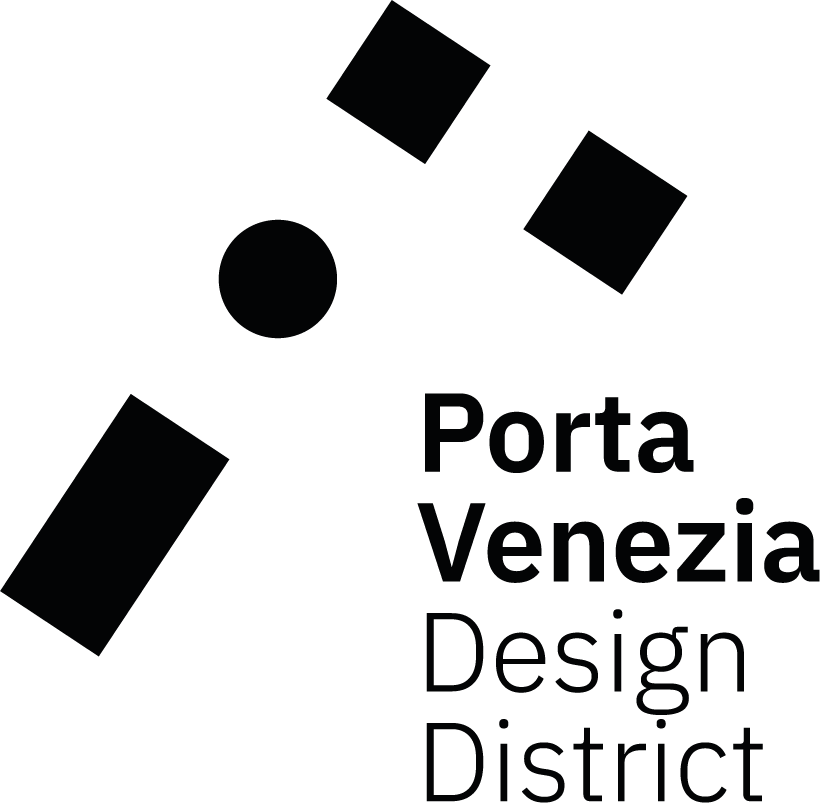Eva & Franco Mattes Personal Photographs
Casello Ovest di Porta Venezia
Piazza Guglielmo Oberdan 4, Milan
From April 7, 2025
Porta Venezia Design District 2025
Eva & Franco Mattes Personal Photographs
On the occasion of Milan Design Week 2025, the National Museum of Digital Art inaugurates a new public art intervention in the city of Milan, with the work Personal Photographs – 21 January 2017 by Eva & Franco Mattes, installed on the west toll booth of Porta Venezia thanks to the collaboration with NONSOLOLOFT SRL, partner of the Porta Venezia Design District.
The installation serves as a preview of the Museum’s first group of acquisitions, consisting of a selection of significant works from Eva & Franco Mattes’ artistic career. These works were acquired thanks to the “PAC2024 – Contemporary Art Plan” call for proposals, aimed at acquiring, producing, and promoting contemporary creative works within Italy’s public collections, pursuant to Article 3 of Law no. 29 of February 23, 2001, from the Directorate-General for Contemporary Creativity of the Ministry of Culture.
The acquisition project of five representative works by Eva & Franco Mattes, curated by Matteo Lucchetti, marks the first step toward building a collection of contemporary artworks that use digital media and new technologies in all their forms. The aim is to historicize the narrative of digital art from an Italian perspective. The duo is internationally recognized in this field, with works held in major institutions such as the San Francisco Museum of Modern Art, the Whitney Museum of American Art in New York, the Fotomuseum Winterthur, and the Walker Art Center in Minneapolis. With this acquisition, their work enters for the first time an Italian national public collection.
Eva & Franco Mattes (born 1976 in Brescia, living and working between Brescia and New York), originally known as 0100101110101101.org, are pioneers of net art, known for their skillful media manipulation, altering video games, websites, films, and advertisements to reflect on the impact of digital culture and its imaginary on our lives.
The Personal Photographs – 21 January 2017 installation consists of a temporary, site-specific sculpture made of a network of cable trays through which 19 photographs taken by the artists on January 21, 2017, continuously circulate—but remain deliberately inaccessible to viewers. The artists aim to make visible, at a symbolic gateway to the city, the invisible infrastructure that enables the constant transmission of images and data in our lives. The work prompts reflection on how most of the images we now produce and consume no longer exist in physical form but as digital files, constantly moving—copied and transferred between devices, servers, and data centers, traveling kilometers through cables or via the atmosphere through wi-fi networks.
The sculpture materializes this phenomenon, exposing the hardware that enables the data exchange system, and highlighting the daily voluntary participation of millions of users who provide a massive reservoir of data to a few corporations. These companies, in turn, use this data to exert unprecedented influence over society—recently extending to training artificial intelligence systems, which are poised to take over key decision-making processes in the future. The choice to circulate images—rather than other files—is intentional, as digital images carry additional metadata such as timestamps, geolocation, and technical details. Every time an image is shared, for fun or entertainment, these details can be unknowingly exploited for profit by corporations, bypassing any notion of copyright or authorship protection.
The issue of sharing personal information lies at the heart of many of Eva & Franco Mattes’ works. In the early 2000s, they created Life Sharing (2000–2003), now considered a milestone in digital art, in which they did the exact opposite of what happens in the Personal Photographs series (2019–ongoing). While the current work shows only the infrastructure, Life Sharing made all the content on their computer—artworks, private materials such as emails, texts, photographs, even bank statements—fully accessible online. What was once seen as a radical and paradoxical act has today become standard behavior on Web 2.0, where overexposure is not only accepted but often desired, even central to economic and self-exploitative labor models.
Personal Photographs also operates using two microcomputers connected via Ethernet cables and a custom-written code, developed by the artists in collaboration with David Huerta and made freely available on the open-source platform GitHub. Huerta, a digital security expert at the Freedom of the Press Foundation, teaches journalists how to use new technologies to protect press freedom. Publishing the code in open-source format allows developers and artists around the world to use, expand, and personalize it, recalling the Internet’s original potential as a space of diffuse and anarchic freedom—very different from the limited and controlled experience most users encounter today.
NATIONAL MUSEUM OF DIGITAL ART
https://museoartedigitale.cultura.gov.it/
The National Museum of Digital Art is an autonomous institute of the Ministry of Culture, established in 2021.
The Museum will be headquartered in Porta Venezia, in an exhibition hub dedicated to digital art. The two buildings assigned to the Museum—the West Toll Booth, built in 1827 by architect Rodolfo Vantini, and the former Albergo Diurno Venezia, opened in 1926—are temporarily granted to the Regional Directorate of National Museums of Lombardy for restoration and redevelopment, in preparation for the Museum’s permanent facilities.
Since 2022, the Museum has carried out numerous exhibitions and digital art promotion projects in partnership with local cultural institutions. Notable collaborations include those with MEET – Digital Culture Center, Palazzo Citterio, and the Regional Directorate of National Museums of Lombardy.
NATIONAL MUSEUM OF DIGITAL ART
Maria Paola Borgarino, Director
Working group:
- Verdiana Peron, Architect Official
- Laura Filipponi, Technical Office
ARTISTS
Eva & Franco Mattes
PAC ACQUISITION PROJECT CURATOR
Matteo Lucchetti (in collaboration with the Museum of Civilizations, Rome)
Casello Ovest di Porta Venezia
Piazza Guglielmo Oberdan 4, Milan
From April 7, 2025



